After Polar 5 arrived yesterday, it was time to familiarize ourselves with the instruments and perform calibrations for the radar, the radiometer, and the spectrometers. We are ready for our first research flight tomorrow. Let’s go!
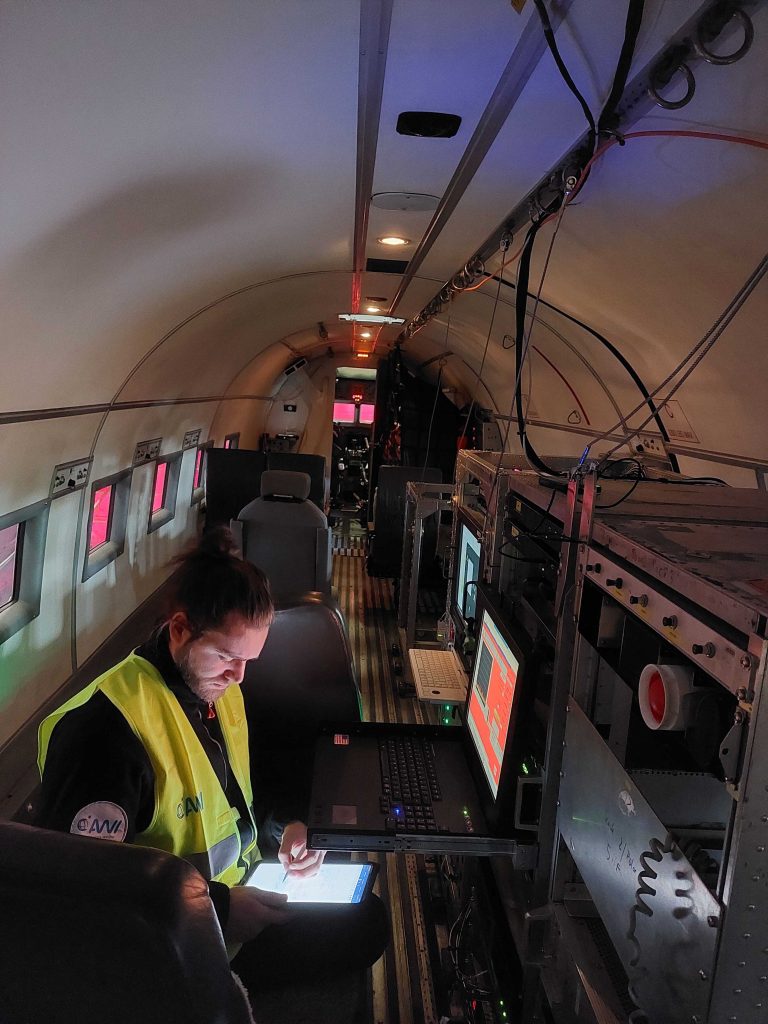

After Polar 5 arrived yesterday, it was time to familiarize ourselves with the instruments and perform calibrations for the radar, the radiometer, and the spectrometers. We are ready for our first research flight tomorrow. Let’s go!

Time to celebrate! We received the great news that the CRC/TRR “Arctic Amplification (AC)³” will be funded by DFG for another 4 years (2024-2027). We are looking forward to continuing to do fascinating research in the high north!
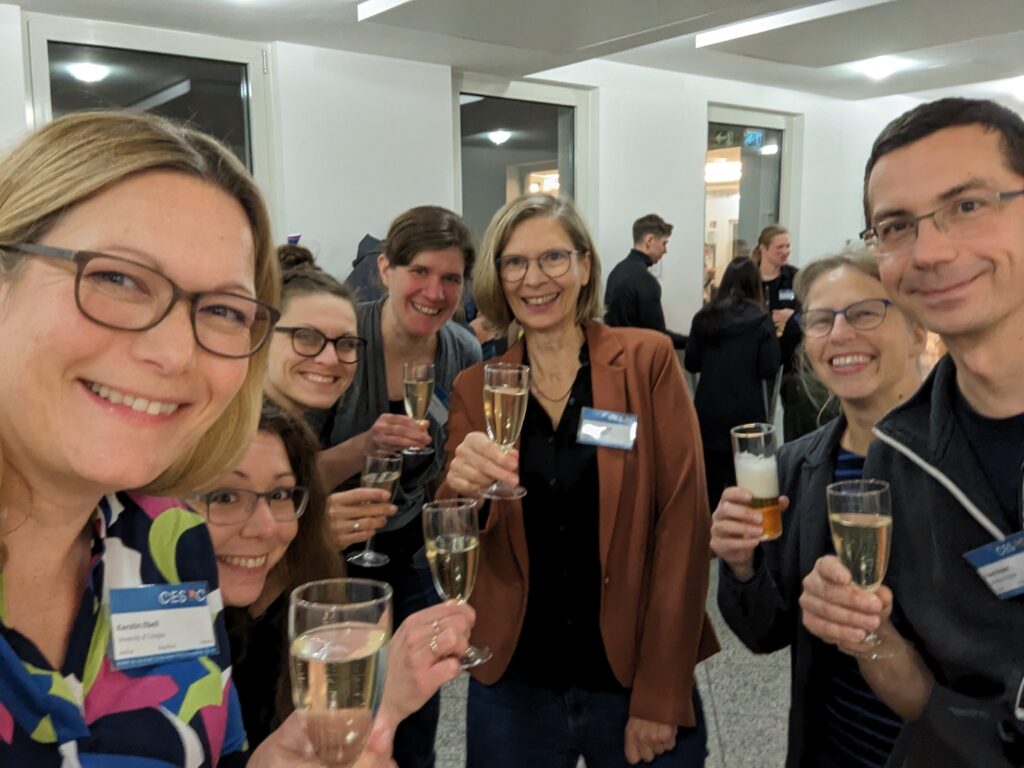
Find below some press releases where you can read more about that:
As we reported earlier in this blog, we participated in the airborne field campaign HALO-(AC)³ In March and April 2022. The goal of the campaign was to improve the understanding of the airmasses transformation when transported into or out of the Arctic. Two types of airmass transports were of particular interest: First, moist and warm air intrusions that transport high amounts of heat and moisture from the mid-latitudes into the Arctic. Second, marine cold air outbreaks that lead to the formation of cloud streets and convective cells when cold and dry air from the central Arctic is transported southwards over the relatively warm North Atlantic. In our study, we analyse the weather (and sea ice) conditions during the HALO-(AC)³ campaign.
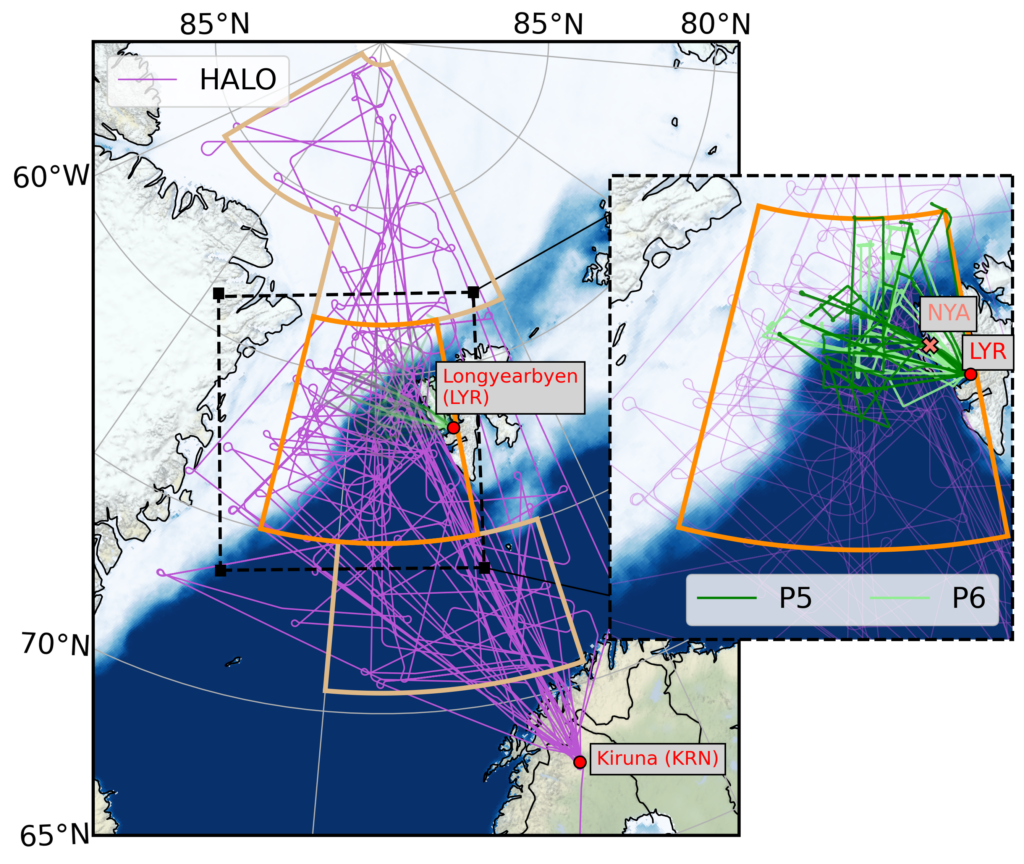
We separated the campaign into a warm and a cold period with the help of northwards humidity transport (IVT) and the so-called cold air outbreak index (MCAO index). The cold air outbreak indicates the strength of the temperature difference between the surface and the lower atmosphere. High differences suggest cold air outbreak conditions with strong interactions between the cold ocean and the atmosphere. The warm period was dominated by northward winds and warm air intrusions while the cold period featured several cold air outbreaks.
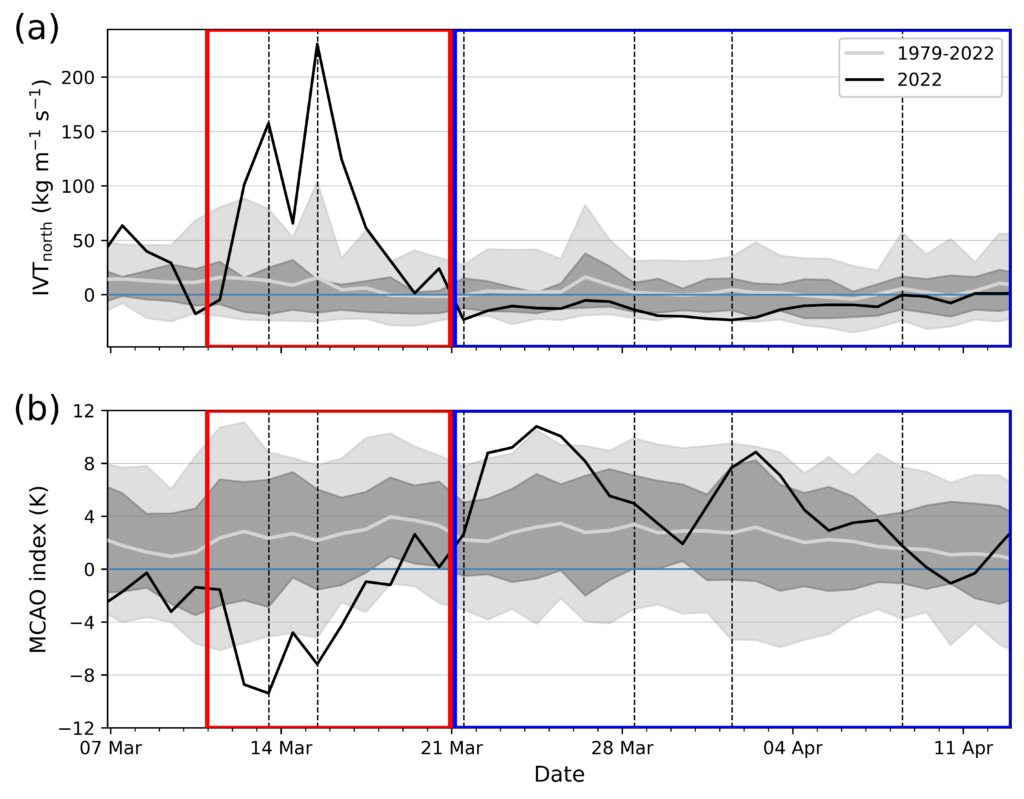
During an extremely strong warm air intrusion, record breaking near-surface temperatures occurred in the central Arctic compared to the March 1979-2022 climatology. Also at Ny-Ålesund, the weather station recorded the highest near-surface temperatures for March since the beginning of the measurements in 1975. This warm air intrusion was detected as so-called Atmospheric River, a thin but long band of extremely strong moisture transport. Over the sea ice northwest of Svalbard, record breaking rainfall rates occurred.
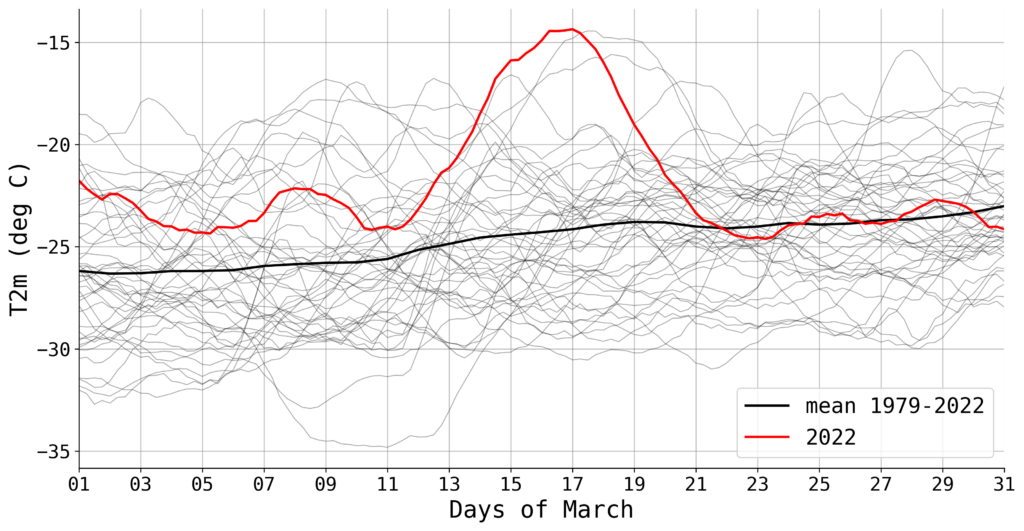
At the beginning of the cold period, a strong cold air outbreak led to an extremely dry atmosphere over Ny-Ålesund with integrated water vapour content of just 1.1 kg m-2 (24 March 2022). Less than 3 % of all radiosondes launched since 1993 recorded drier conditions.
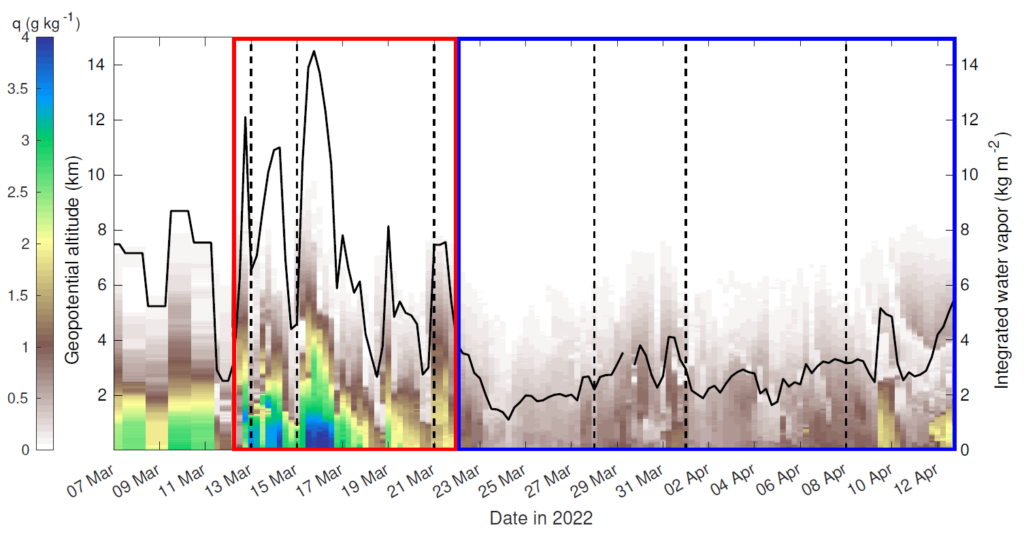
During the cold period, we also observed the Arctic version of a hurricane, a Polar Low. Polar Lows are characterised by convective (cumulus) clouds, relatively strong winds (at least gale force) and precipitation, while extending only over a few 100 kilometers. They also have a relatively cloud free centre like the eye of a hurricane. We analysed the environmental conditions for the formation of the Polar Low.
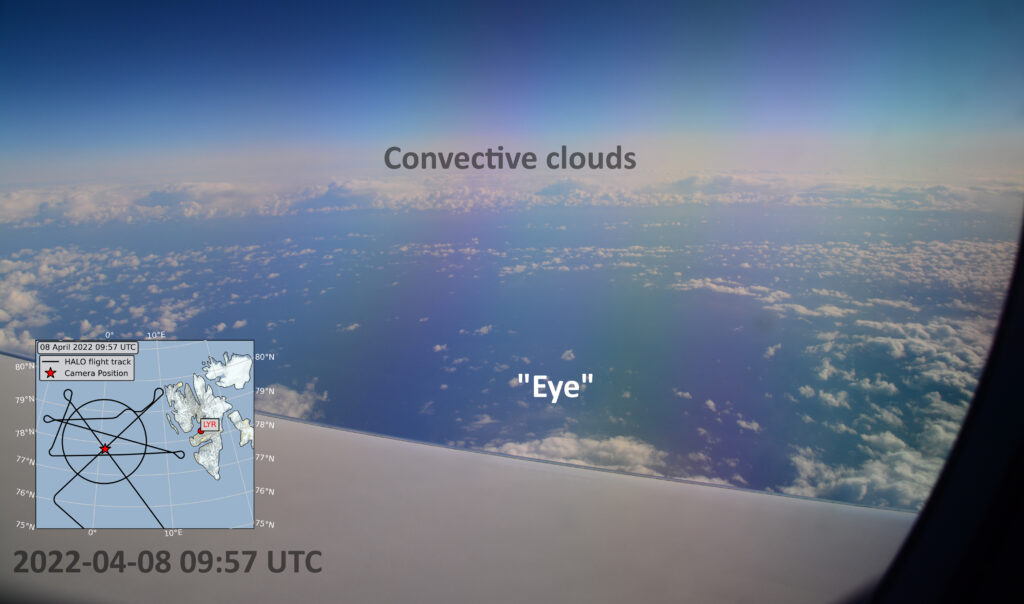
Luckily, the weather conditions were quite favourable to achieve the goals of the campaign because we could capture both types of airmass exchange between mid-latitudes and the Arctic. The publication has been submitted to the European Geosciences Union journal Atmospheric Chemistry and Physics.
The Transregional Collaborative Research Centre TR 172 (AC)³ and the University of Helsinki organized a joint winter school on Arctic amplification at the Hyytiälä Forestry Field Station in Finland. The field station is located about 200 km north of Helsinki in a boreal forest. This remote place served as the perfect place to learn about state-of-the-art observations of the atmosphere and biosphere.
Our daily program consisted of lectures in the morning by scientists from Europe and the U.S. and a combination of group work and field excursions in the afternoon. The lectures covered all research topics of (AC)³: surface energy budget over sea ice and open ocean, cloud microphysics, aerosols, ocean and atmosphere remote sensing, climate feedback mechanisms, Arctic water cycle, atmospheric rivers, and polar-midlatitude linkages. A highlight was an excursion to the meteorological towers that observe for example the formation of new aerosol particles and the deposition of CO₂ by the forest (see photos below).
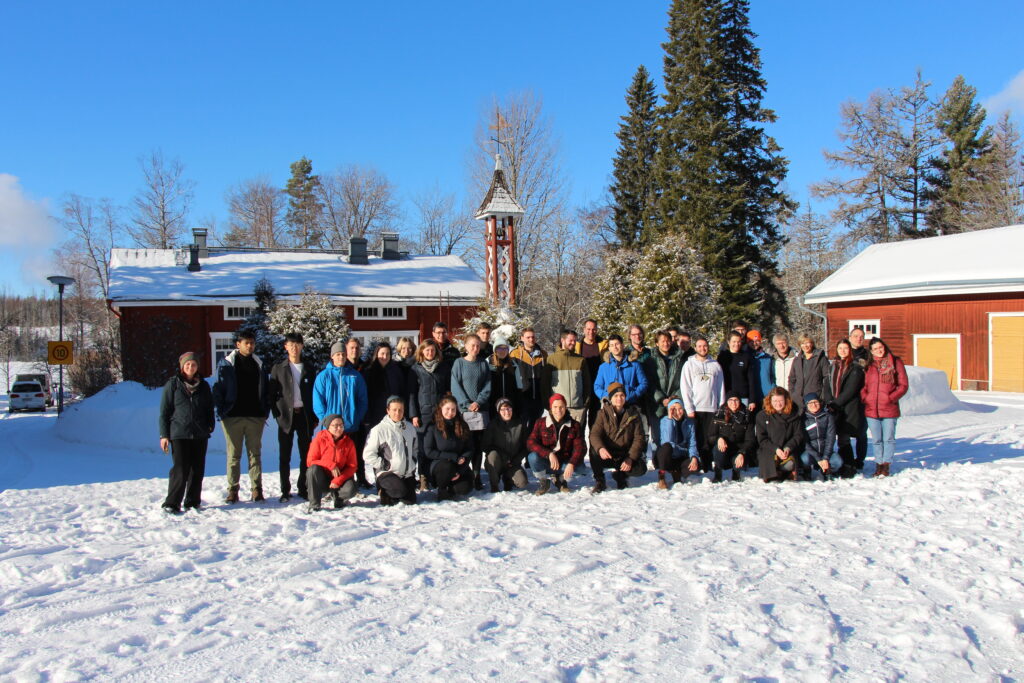
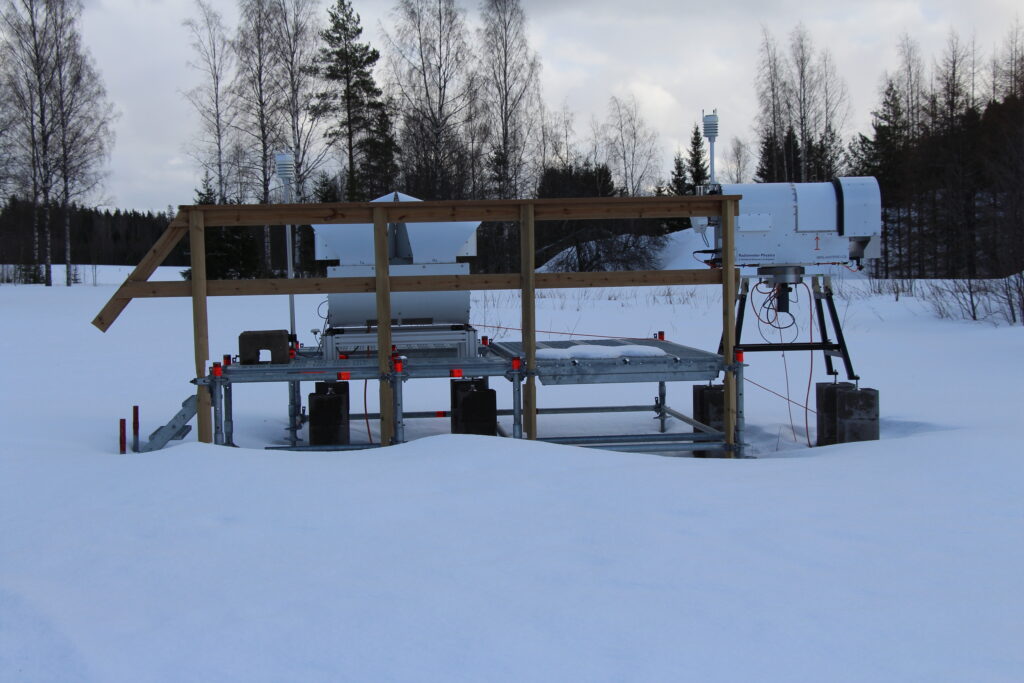
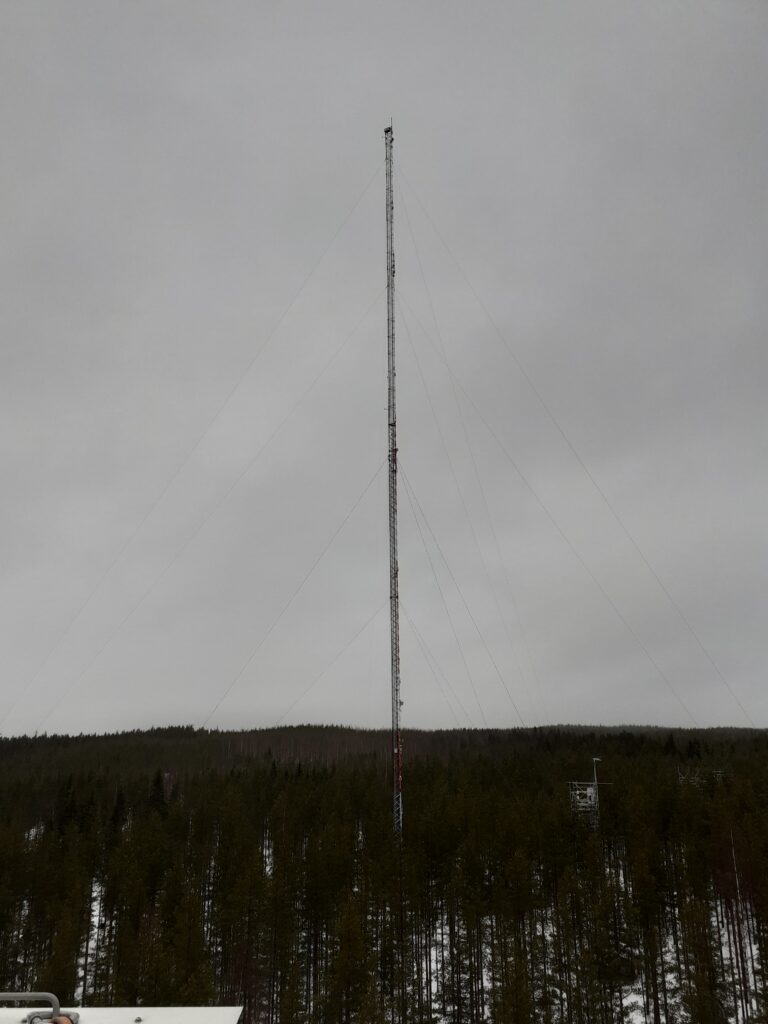
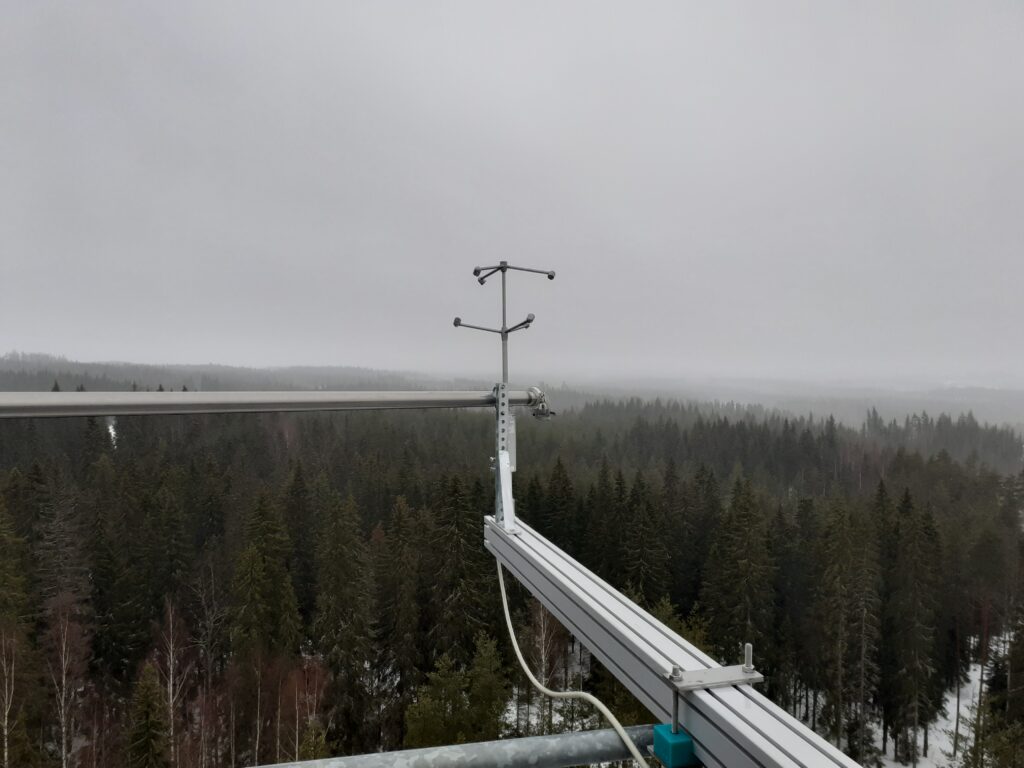
Kerstin Ebell
This week Mario and myself traveled to Ny-Ålesund, Svalbard, to exchange our cloud radar MiRAC-A with the cloud radar JOYRAD94. Since MiRAC-A is needed for campaign preparations, it has to travel back to Germany. Swapping the instruments on the roof of the atmospheric observatory of AWIPEV (https://www.awipev.eu/) went very smoothly.
Thanks also to the AWIPEV and Kingsbay support! What a wonderful place to do measurements!
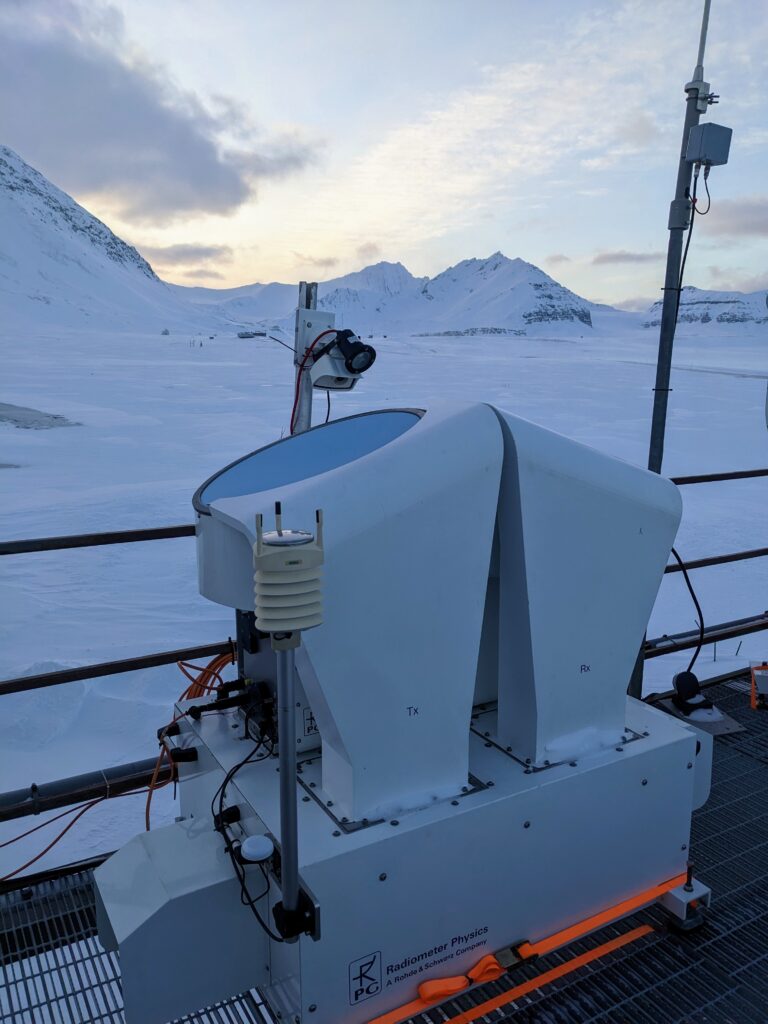
In December, Kerstin was interviewed by a journalist in the local newspaper “Kölnische Rundschau”. The article (in German) about climate change in the Arctic and about our measurement activities in the Arctic, in particular at AWIPEV (Ny-Ålesund, Svalbard), was published on Dec 27, 2022.
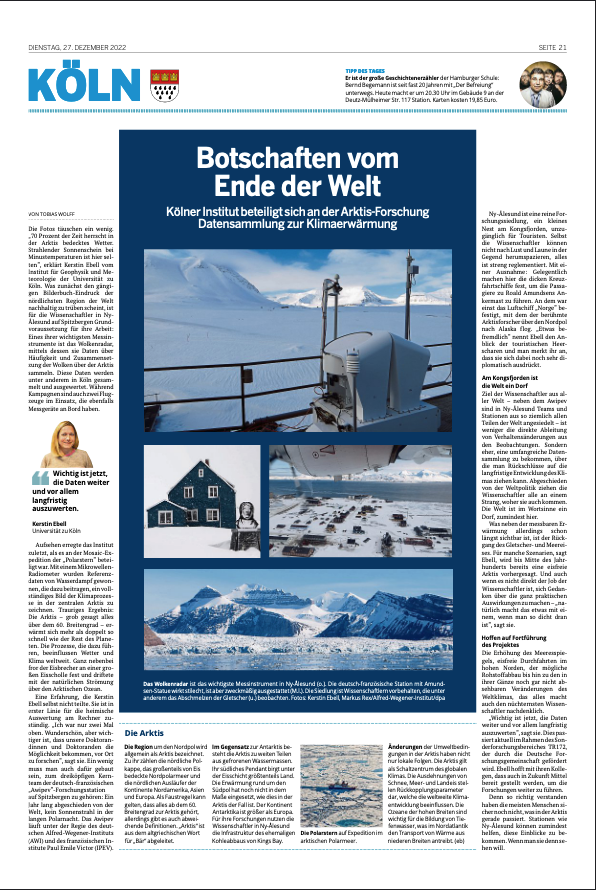
What is it about?
The article highlights the importance of long-term data and data analysis for climate studies. It is always great to have the chance to communicate our science to the broader public! And of course it is a challenge as well…
When the COVID-19 pandemic started, scientist around the world migrated quickly to online meeting and zoom conferences. However, if there is something that we all can conclude after this experience, it is the fact that nothing can replace the experience of face-to-face meetings. Not only because of the interactions between the colleagues and scientific discussions that take places everywhere, but also the experience to visit different places, cities, and cultures. Next, you can read the experience of Kerstin Ebell, member of AWARES:
In August, Susanne, Rosa and me went to the American Meteorological Society (AMS) Collective Madison Meeting at Madison, Wisconsin. The conference collection was about cloud physics, polar meteorology and oceanography, atmospheric radiation and satellite applications. After 2 years, this was my first international travel, and I was very excited to go. It was really great to meet international colleagues again and see old and new faces!
We had very good discussions during and around the conference and could enjoy the city of Madison (with an impressive water ski show!) and the hospitality of our American colleagues. My non-conference highlight was the corncob that we had for dinner at a friends place. So delicious! Sometimes the simplest things are the best things in life…

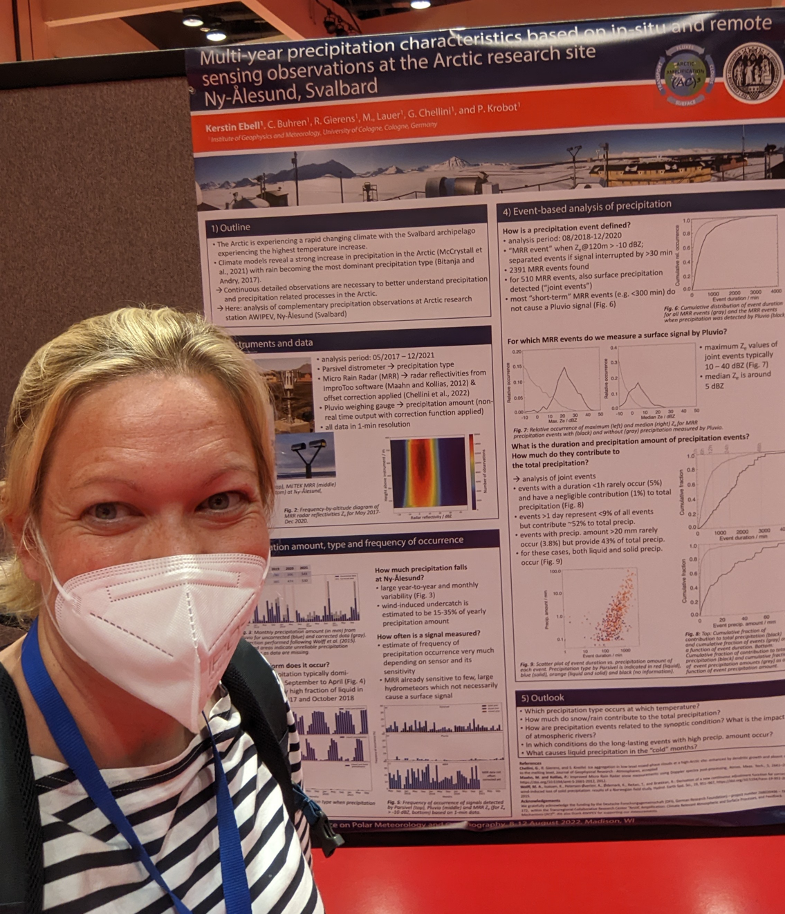
Conference link: https://www.ametsoc.org/index.cfm/ams/meetings-events/ams-meetings/collective-madison-meeting/
Polarstern cruise PS131 (ATWAICE) was a multidisciplinary expedition to investigate sea ice melting processes in the warming Arctic, ocean currents affecting nutrient supply for flora and fauna, ocean impacts on the melt of glaciers at Greenland’s east coast, and to deploy seismometers at the Aurora Vent Field. The expedition started on 28th June 2022 in Bremerhaven and led us to the Fram Strait, the marginal sea ice zone north-west of Svalbard, to fast ice at the east coast of Greenland and to Scoresby Sund, before returning to Bremerhaven on 17th August 2022.
Our working group also joined the expedition with atmospheric measurements using microwave radiometers (HATPRO and MiRAC-P) and radiosondes (weather balloons). The microwave radiometers faced the sky and primarily measured radiation emitted by the atmosphere (oxygen, water vapor, and liquid droplets). An additional sky camera consisting of a GoPro Hero 10 Black and an infrared sensor was mounted next to the radiometers on the guard rail of Polarstern to give us information about the sky conditions.
From the HATPRO data, we could already retrieve preliminary temperature and humidity profiles, as well as the total amount of water vapor (known as Integrated Water Vapour or IWV) and cloud liquid water path (LWP) with a high temporal resolution (1 second). Complementary to the radiometers, radiosondes give us high vertical but low temporal resolution of temperature and humidity profiles. An example of this is shown for an extraordinary warm and moist air intrusion event from 15th to 19th July 2022. IWV peaked at 35 kg m-2 (comparable to mid-latitude summer conditions), and the temperatures reached more than 18 °C at a few hundred meters altitude.
With a mirror construction designed by Pavel Krobot and Rainer H.-Lind and attached to the radiometers, we could also directly observe the radiation emitted by the sea ice and ocean. These measurements will later be compared to skin temperature measurements of the sea ice taken by an infrared camera to estimate the sea ice emissivity. Another GoPro is also mounted on the infrared camera to provide a visual context of the sea ice conditions.
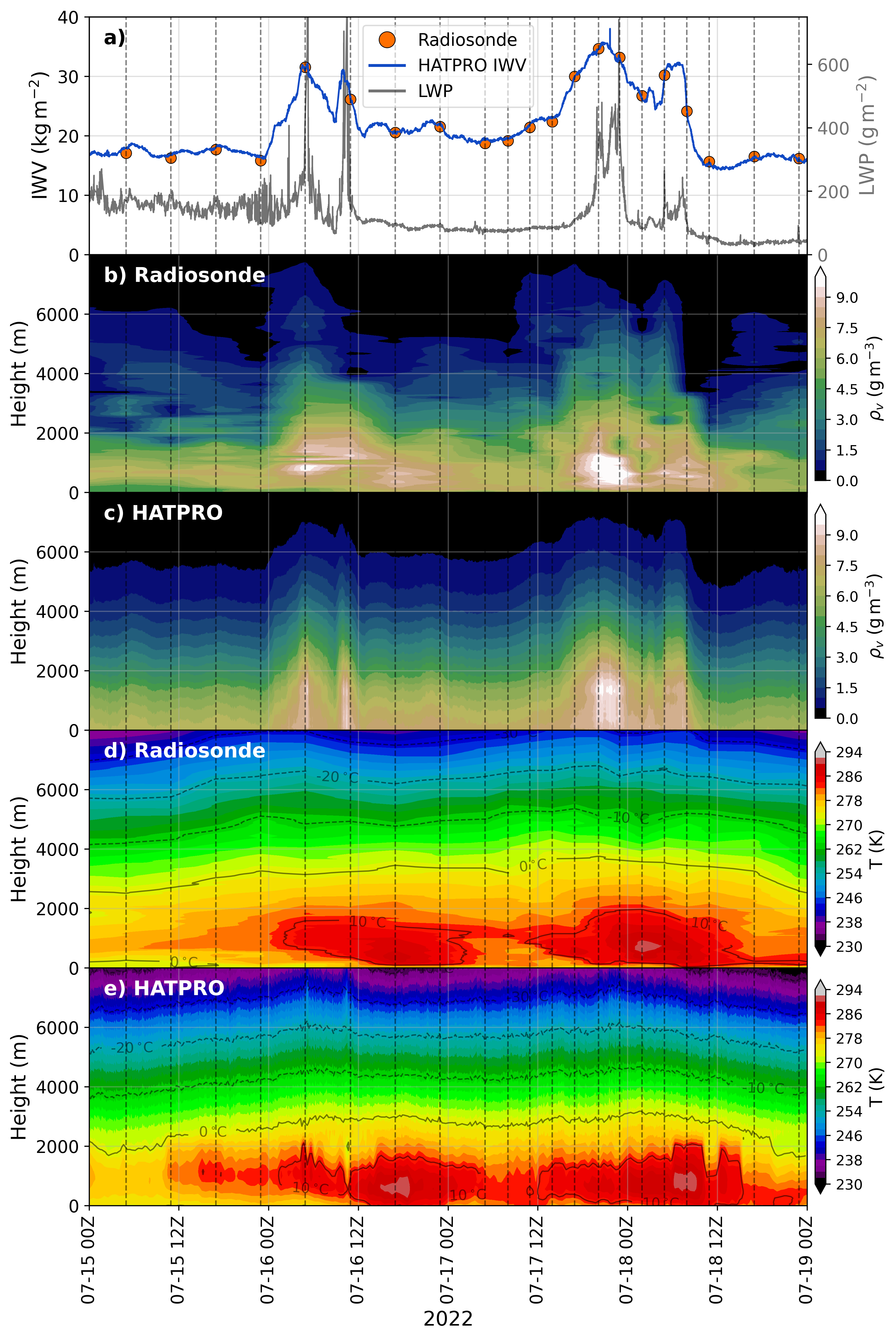
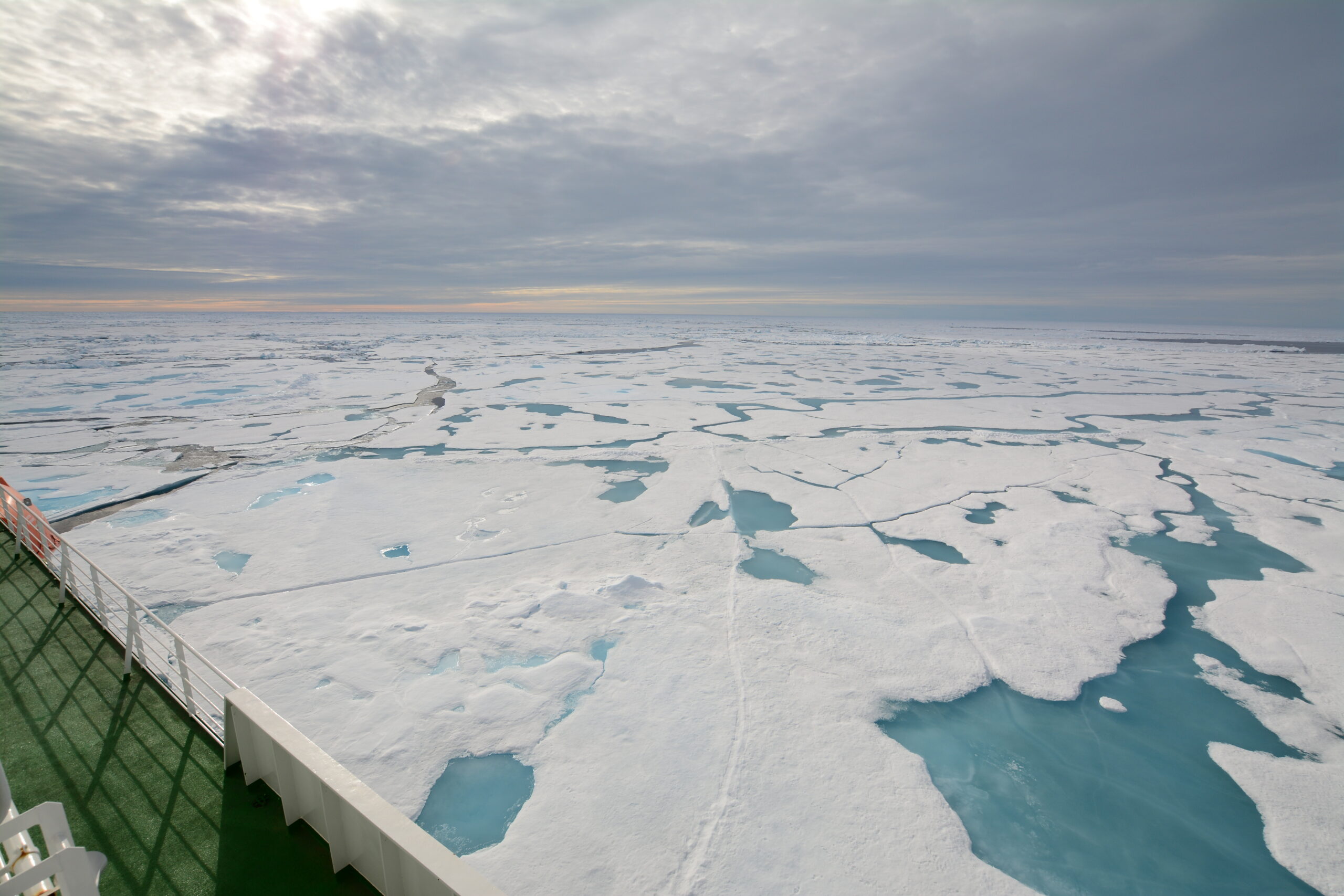
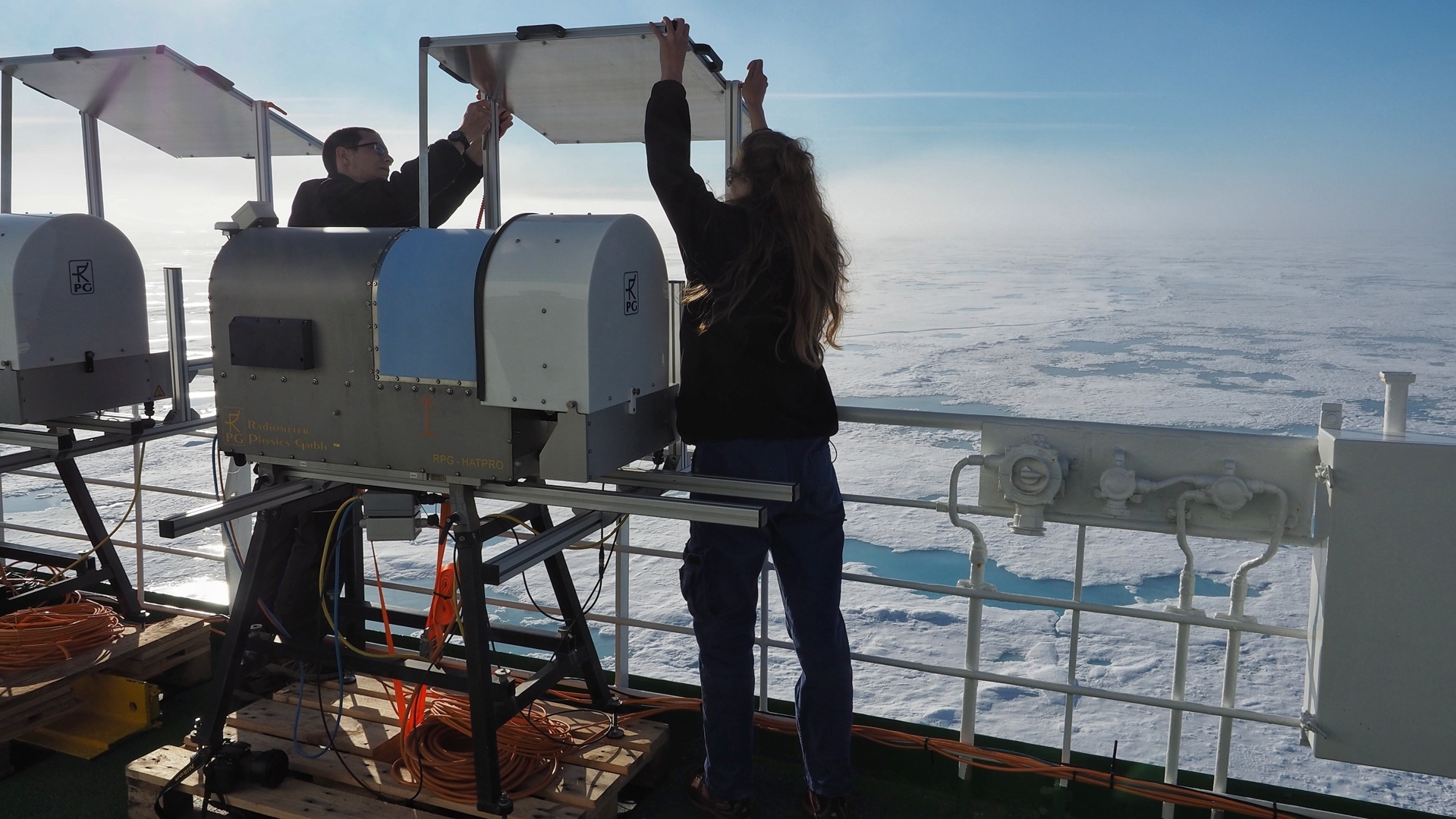
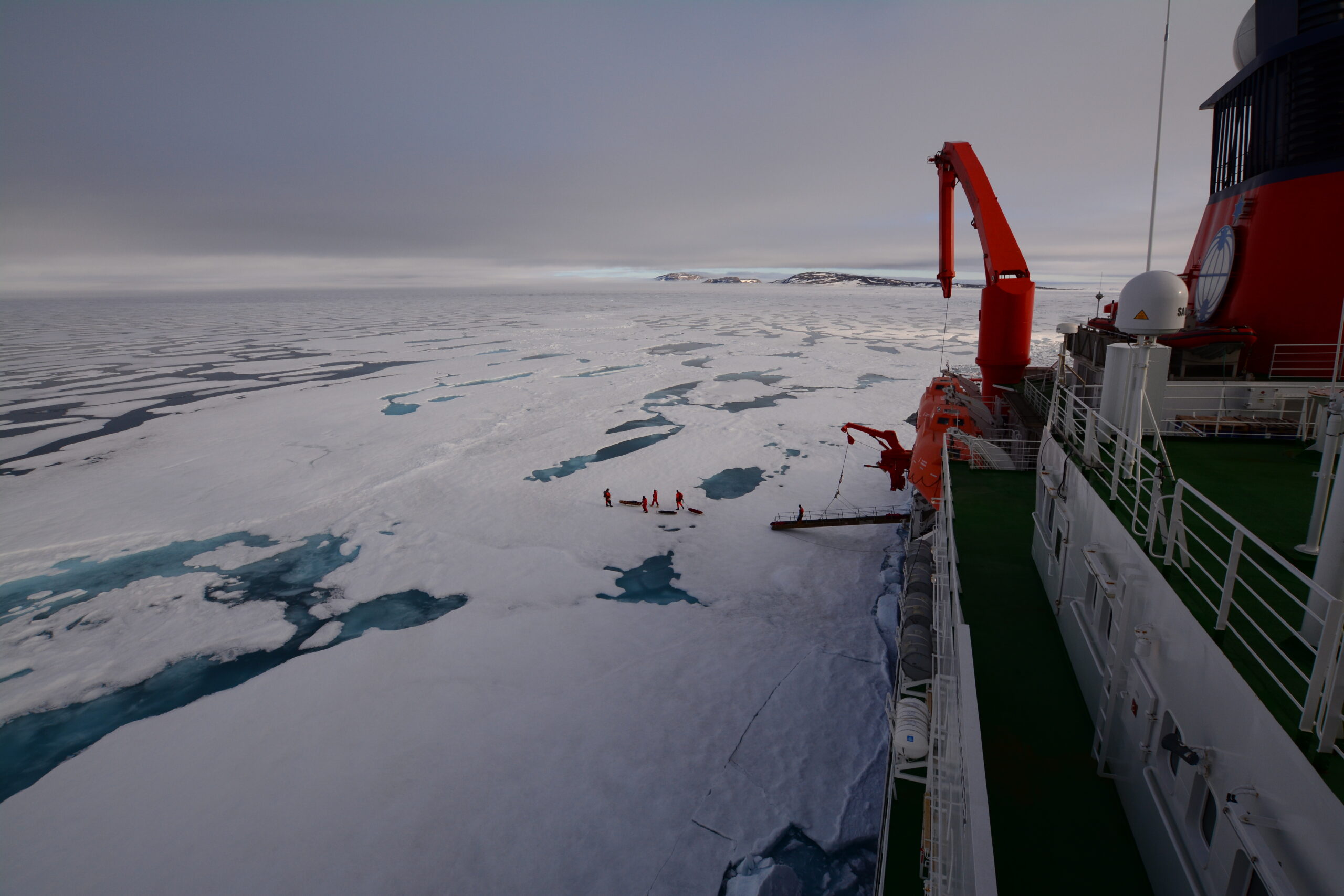
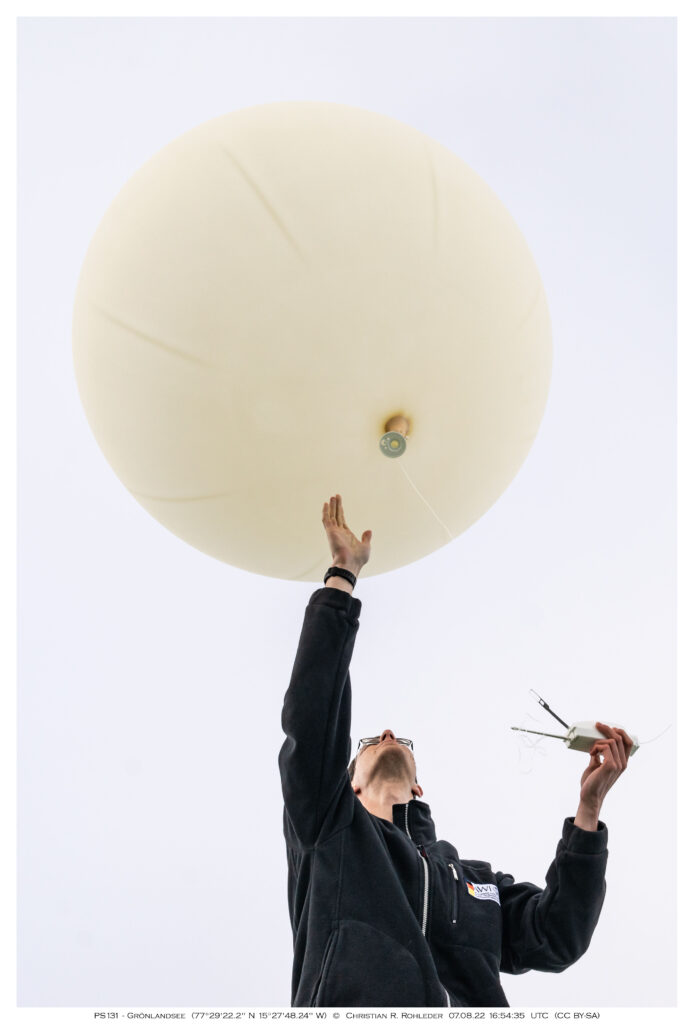
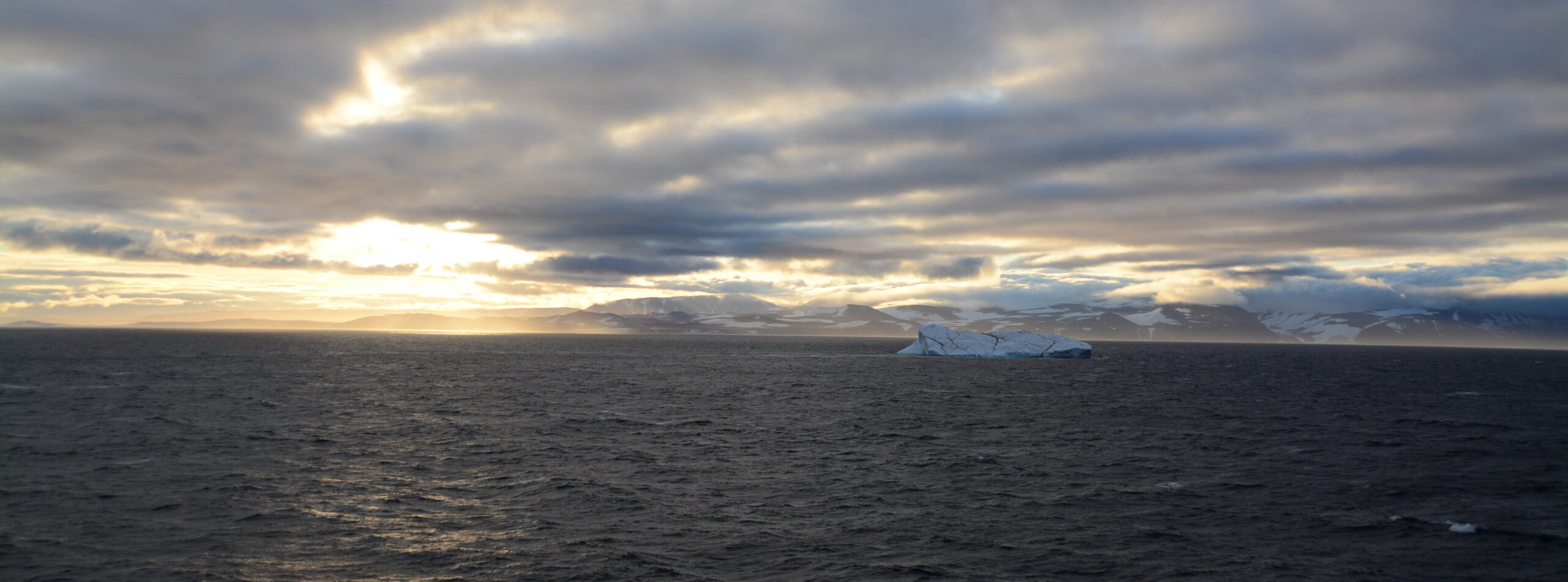
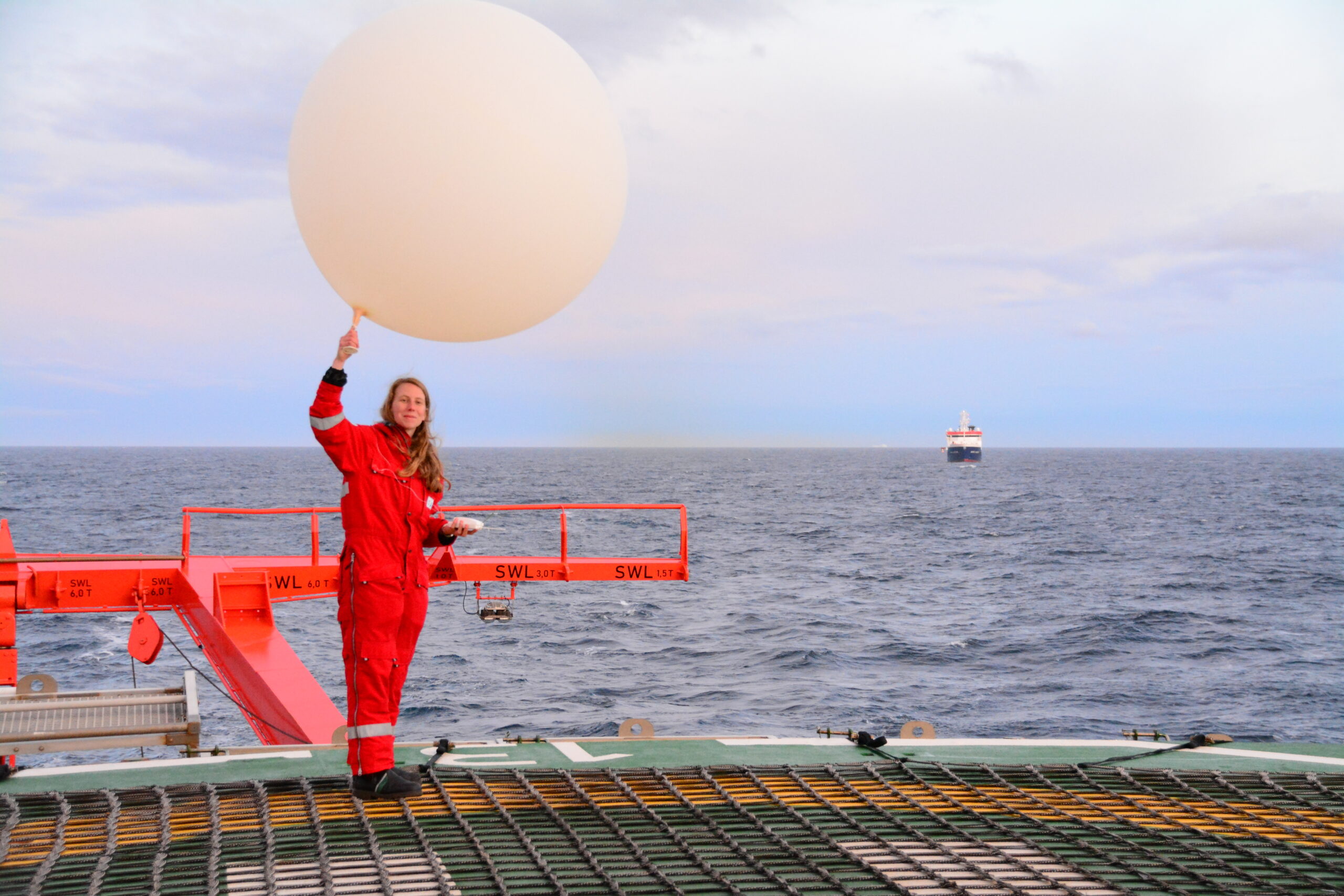
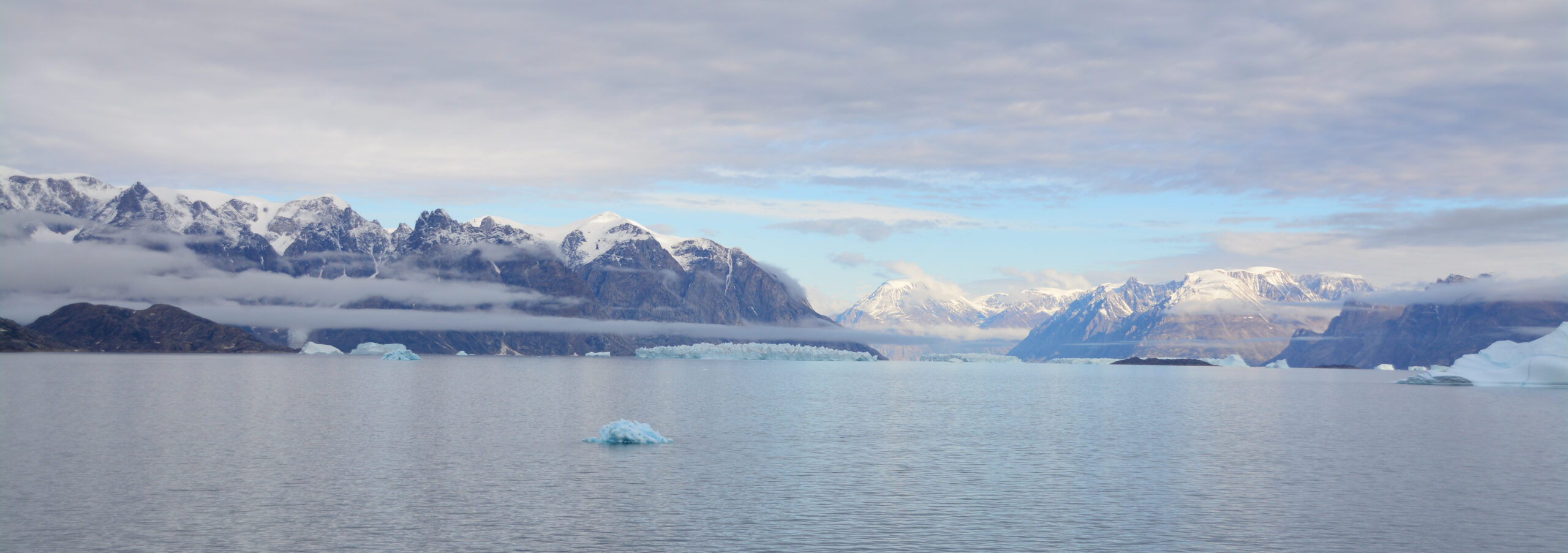
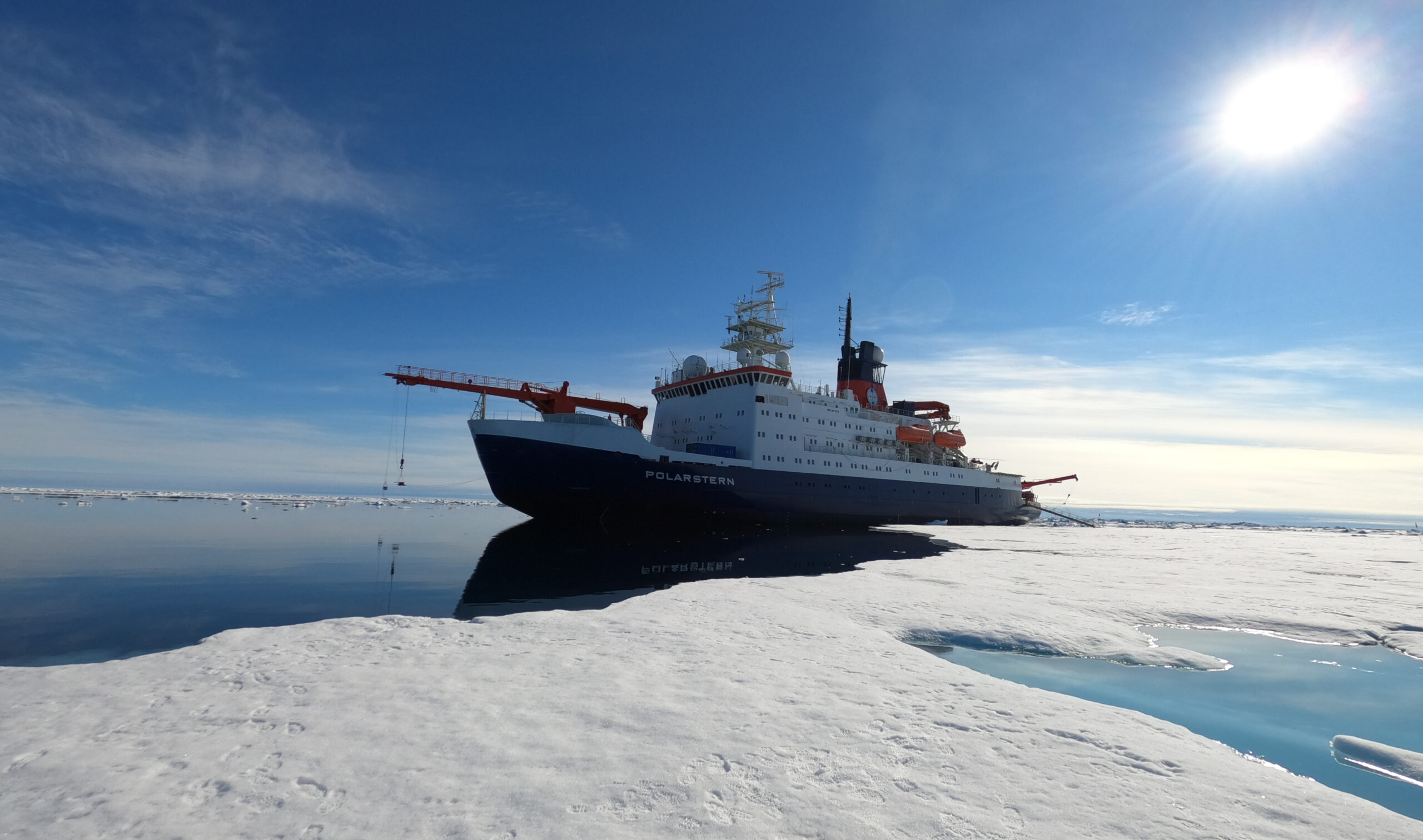
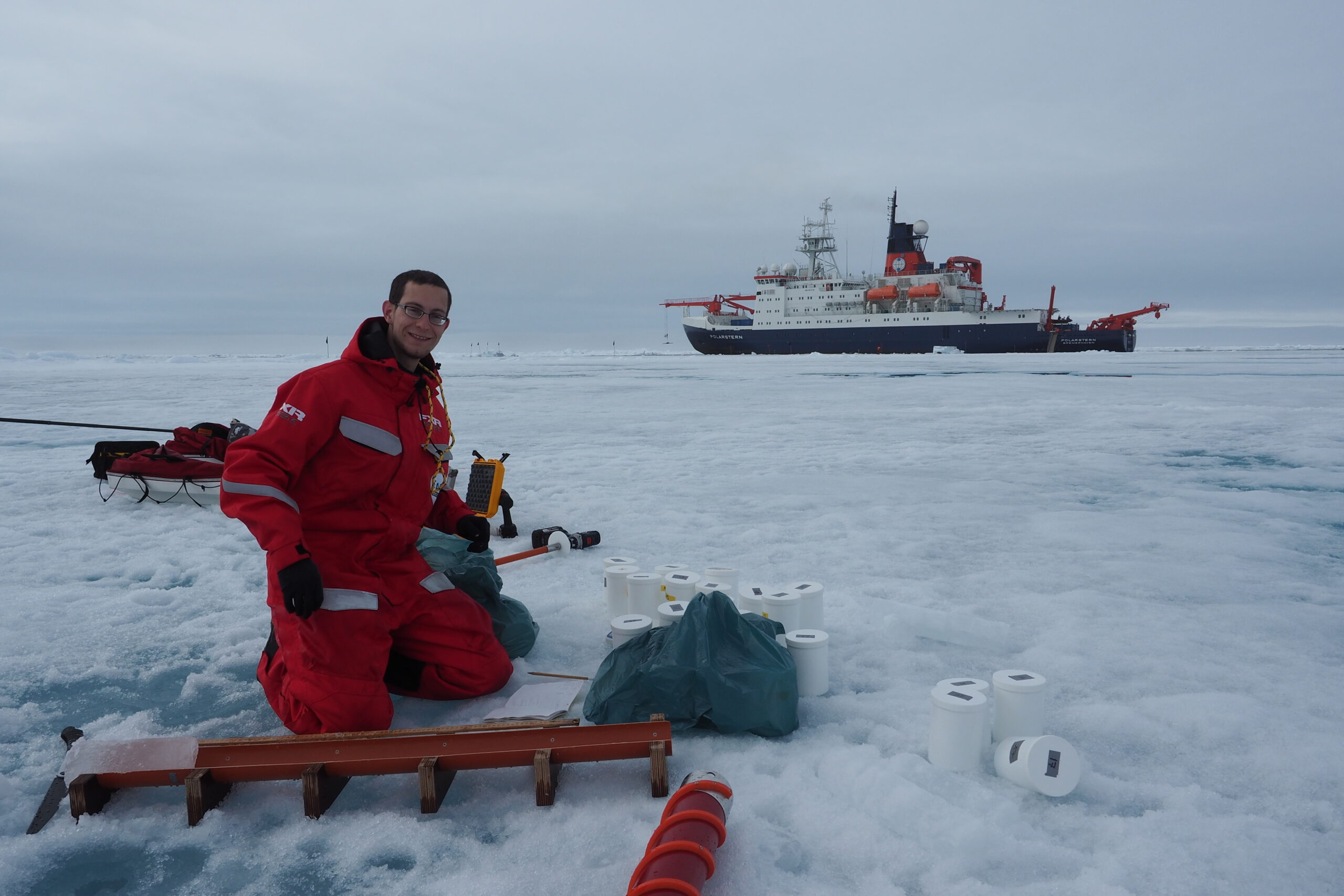
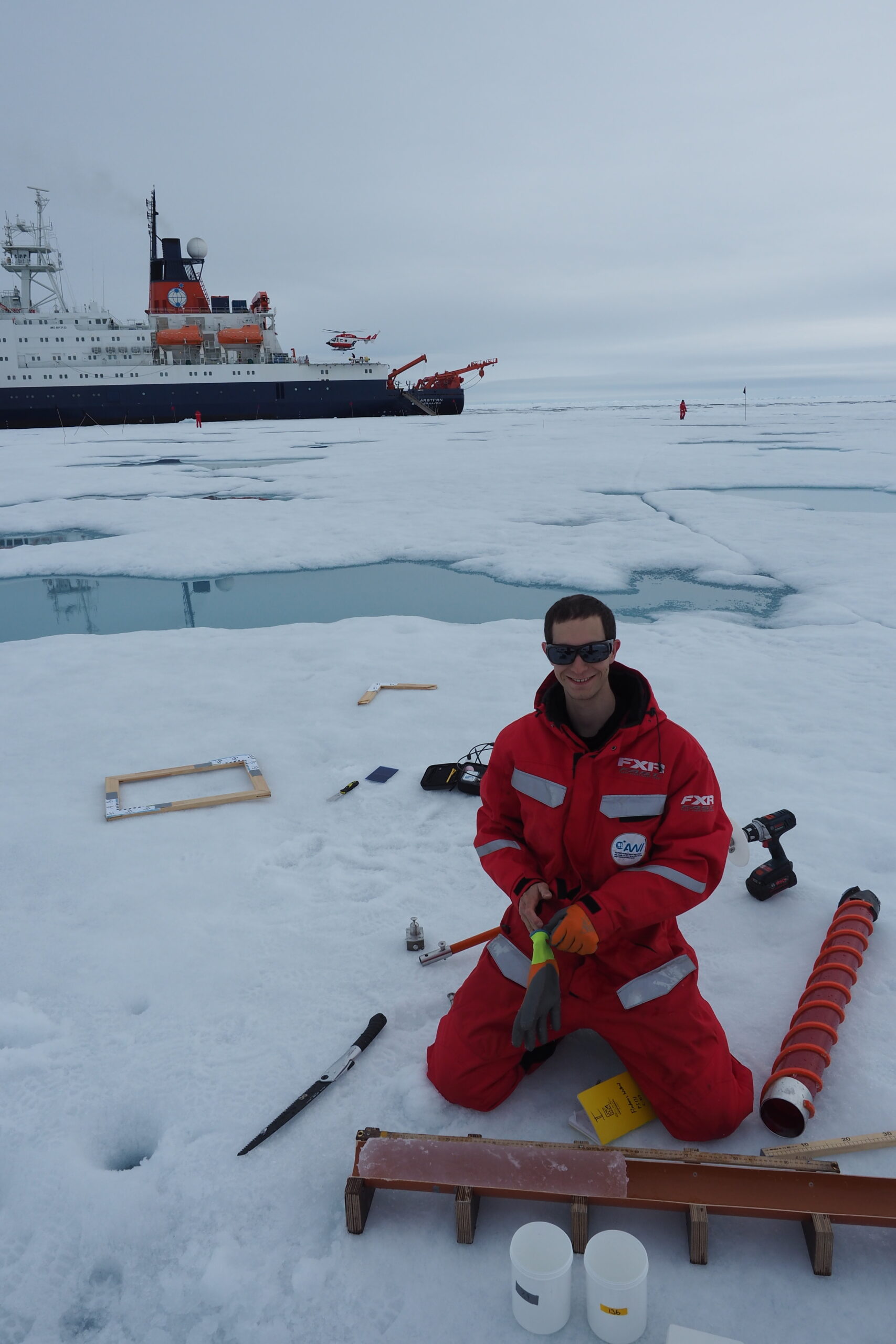
What a successful day! P5, P6 and HALO had their first joint research flight on Sunday!
If you ask yourself “What is HALO? And what is special about a joint flight?” then read on…
First, let’s start with something you already know from the previous posts: P5 and P6 are polar aircraft, which participate in the HALO-(AC)³ campaign and which are stationed in Longyearbyen, Spitsbergen. The instruments belonging to the University of Cologne, namely the radar MiRAC and the microwave radiometer HATPRO, are installed on P5, which is a remote sensing aircraft. Contrary, P6 is equipped with in-situ instruments recording atmospheric parameters and cloud particles near the aircraft. Thus, P5 is mainly flying above the clouds at an altitude of around 3 km, whereas P6 is flying at lower altitudes directly through the clouds. Joint flight activities of the two polar aircraft provide in-situ and remote sensing observations of a lot of different parameters from the same cloud at the same time!
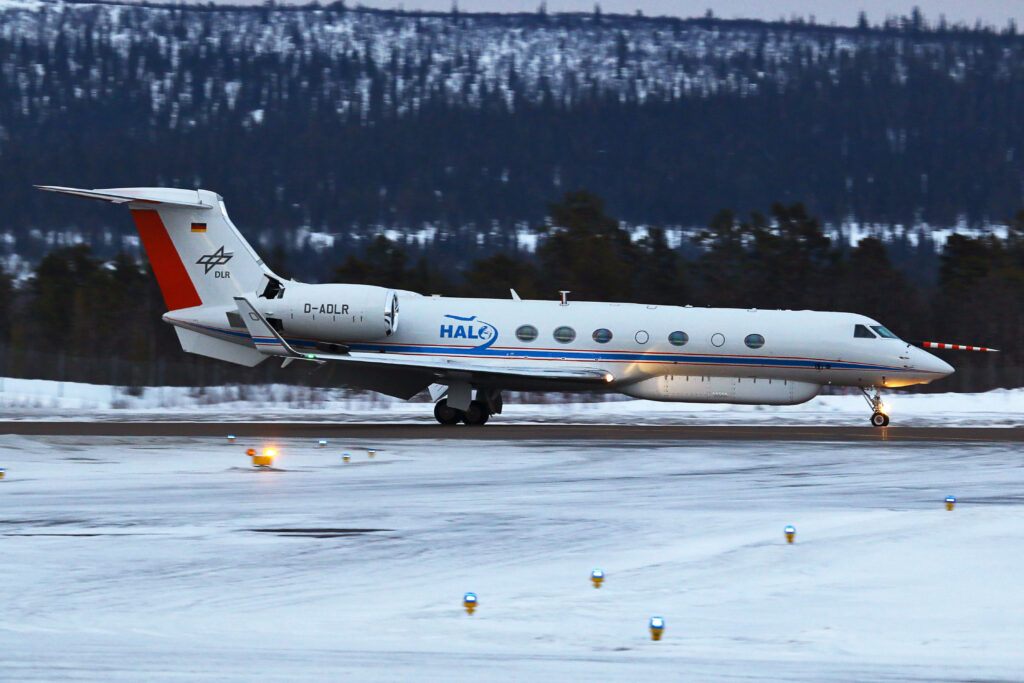
Next, HALO comes into play. HALO stands for “High Altitude and Long Range Research Aircraft” and is operated by the German Aerospace Center (DLR). HALO carries remote sensing instruments similar to P5, but is able to fly at higher altitudes of about 10 km and travel much longer distances. During HALO-(AC)³ it is stationed in Kiruna, the northernmost city of Sweden, together with other scientists from our group. The aim is to observe how air masses change in the Arctic by measuring the temperature, humidity, cloudiness or aerosol concentration along the wind direction.
As often as possible, joint flights with all three aircraft will be realized, which is really difficult to coordinate! Another difficulty are the bad weather conditions in Longyearbyen making flights with the polar aircraft impossible. And sometimes the different platforms are interested in different clouds or air masses.
During the first joint flight, the flight conditions were very calm! Our instruments worked well and observed precipitating cloud structures over sea ice and open water. In one of the following posts we will have a first look at the observations!
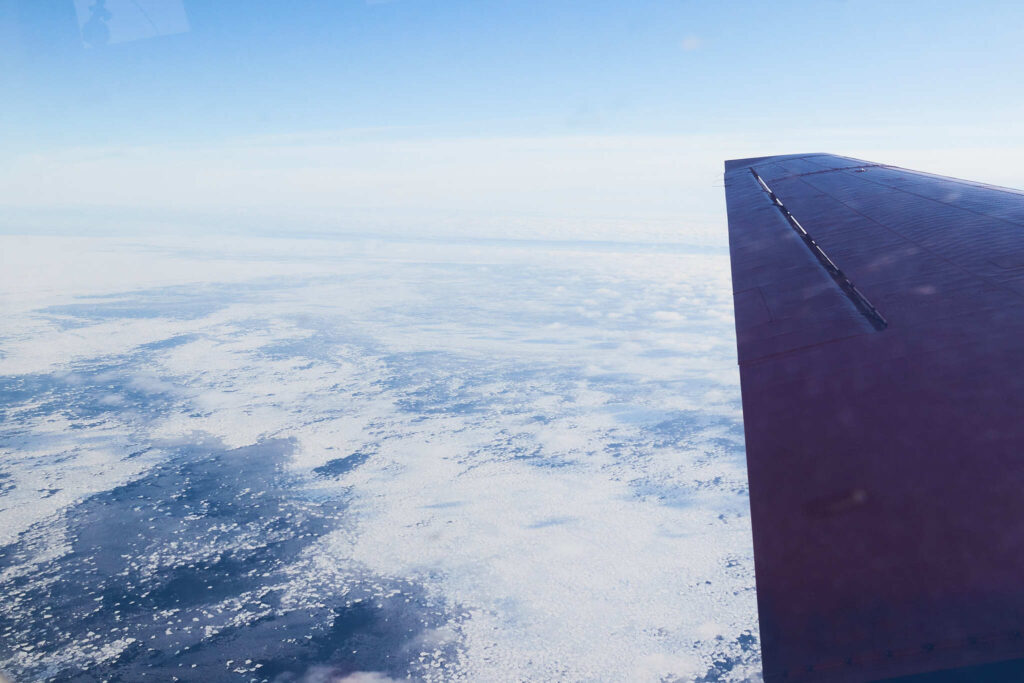
If you are interested in a video diary with short daily updates on the work routine in Longyearbyen, just follow AWIexpedition on Instagram!
#AC3 #funding #ArcticAmplification (AC)3 AISAM Arctic Atacama Atmospheric boundary layer AWI Bremenhaven AWIPEV AWIPEW CFMIP-GASS climate cloud radar cloud radars clouds COMPEX-EC COST EarthCARE GEWEX HALO HALO-(AC)³ HAMAG HATPRO hyperarid ITCZ JOYRAD94 Kölnische Rundschau Maria S. Merian MiRAC-A model intercomparison Ny-Ålesund outreach Polar 5 Polar 6 PolarStern Precipitation PROBE COST Action radiosondes STEM STEMM Svalbard tropical convection Water Vapor Wetoo Winter school women in science
Now the time has come: both aircraft, Polar 5 and 6, have arrived in Longyearbyen, Spitsbergen, yesterday afternoon!
The aircraft belatedly started their ferry in Bremen on Thursday morning and had a stop for refueling in Tromsø over night. After the arrival in Longyearbyen, all hands were needed to unload the aircraft and prepare them for the first scientific flight.
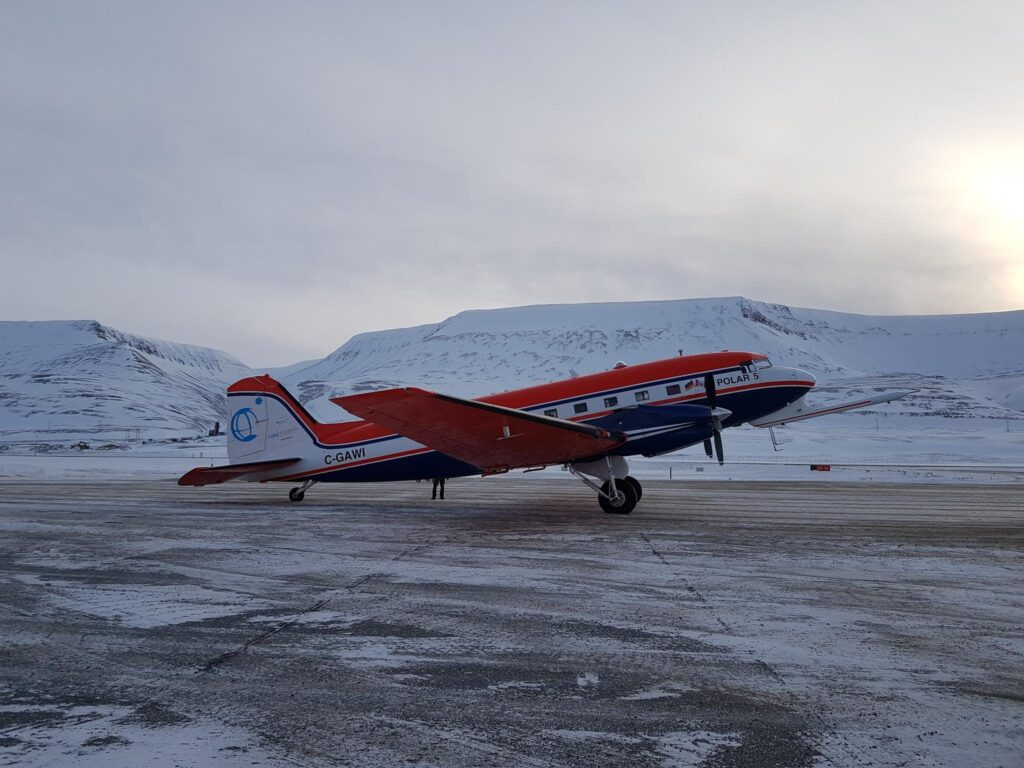
For Sunday, the first research flight is planned – provided that the weather condition is good enough for takeoff and landing! That means, that the cloud base has to be high enough to not directly fly into a low level cloud. This would bear the risk of a bad view and freezing of the propellers. And we do not want to risk a crash!
Hopefully, the plans can be realized. An update on the first flights will follow soon!
To stay up to date, check Twitter for the latest information! #HALOAC3 #AC3TR #MiRACradar #polar5 #Svalbard
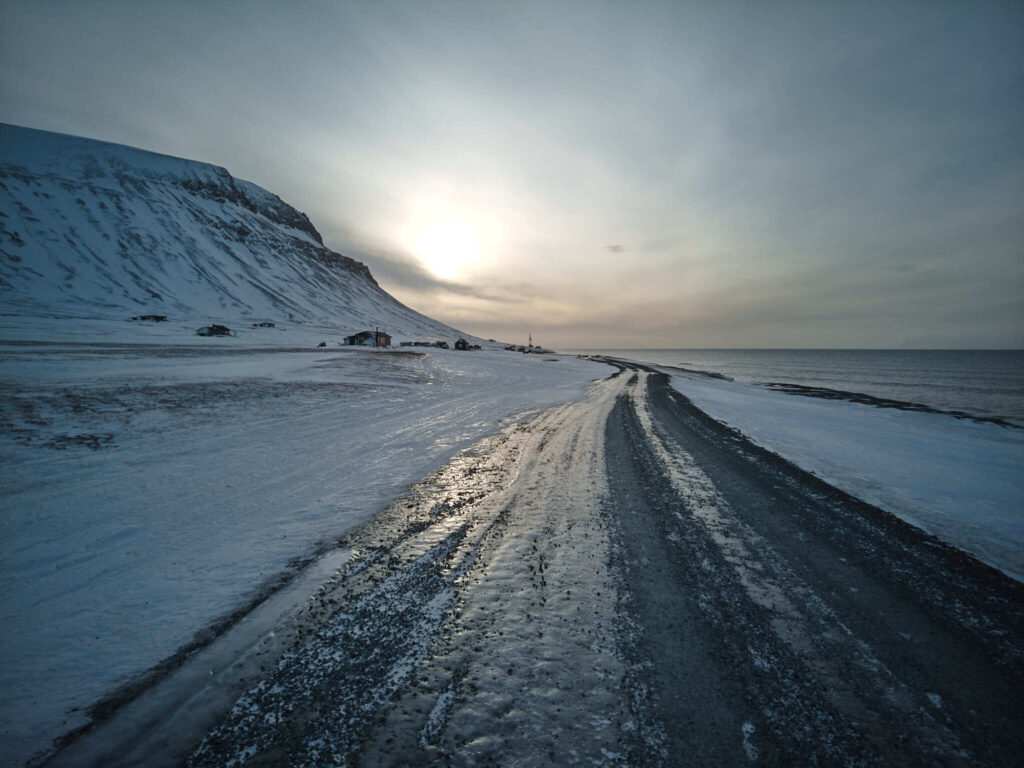
#AC3 #funding #ArcticAmplification (AC)3 AISAM Arctic Atacama Atmospheric boundary layer AWI Bremenhaven AWIPEV AWIPEW CFMIP-GASS climate cloud radar cloud radars clouds COMPEX-EC COST EarthCARE GEWEX HALO HALO-(AC)³ HAMAG HATPRO hyperarid ITCZ JOYRAD94 Kölnische Rundschau Maria S. Merian MiRAC-A model intercomparison Ny-Ålesund outreach Polar 5 Polar 6 PolarStern Precipitation PROBE COST Action radiosondes STEM STEMM Svalbard tropical convection Water Vapor Wetoo Winter school women in science